The 8 Types of Rats in Idaho (With Pictures)
-
Pete Ortiz
- Last updated:
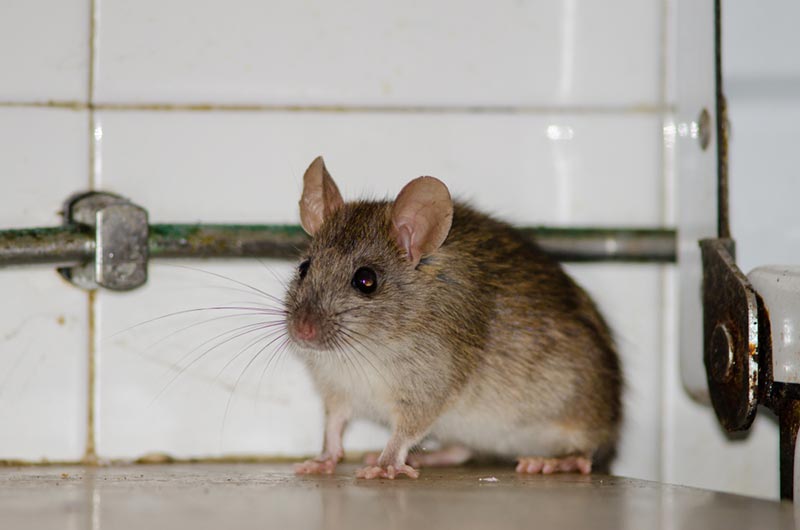
There are many reasons why you don’t want rats in your house. Not only do they chew through everything from walls to electrical wiring, but they also carry and spread diseases.
There are many types of rats in Idaho, and it’s pretty easy to have a rat infestation if you don’t take the proper precautions. Knowing the type of rats in your house, however, makes it easier to eradicate them. Read on to identify the different types of rats and their key characteristics.
The 8 Types of Rats in Idaho
1. Brown Rat
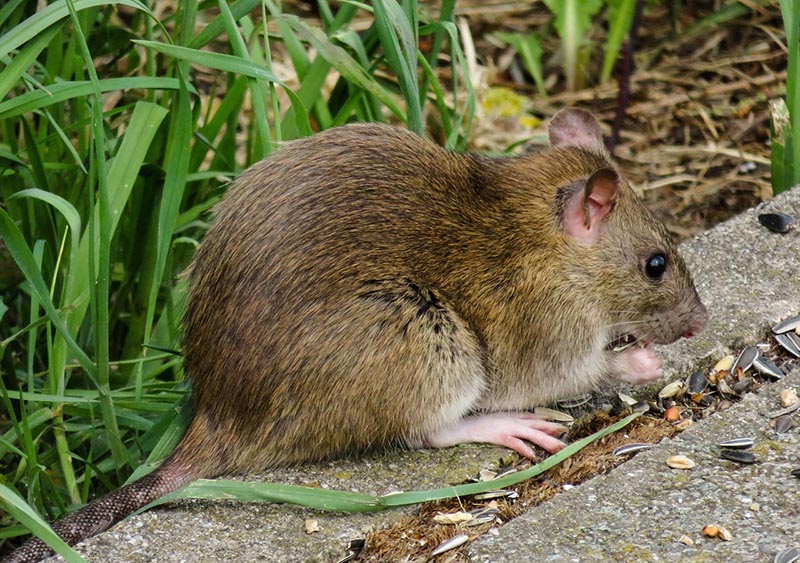
| Scientific Name | Rattus norvegicus |
| Color | Brown |
| Habitat | Sewers, subway systems |
The brown rat is the most common in Idaho. It’s mostly referred to as the street rat or sewer rat and can be found living close to human habitations. It mostly scavenges food from the trash and hardly enters human dwellings.
Although these rats put most people off, some go as far as keeping them as pets.
2. Black Rat
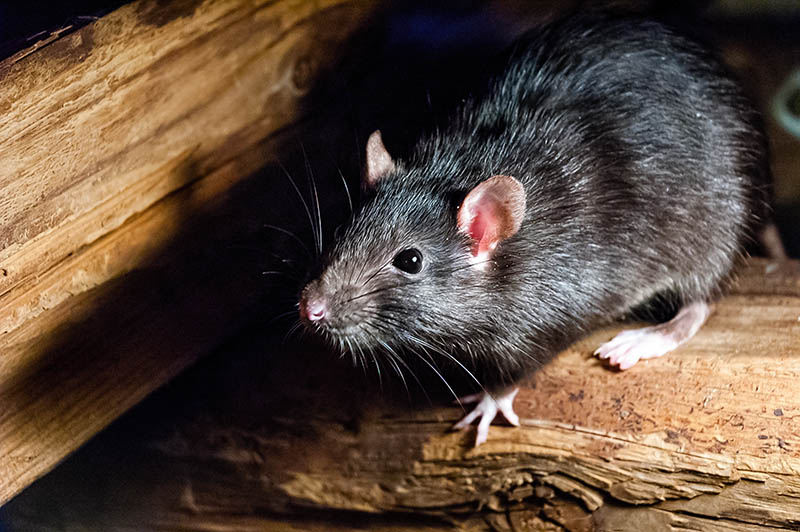
| Scientific Name | Rattus rattus |
| Color | Black |
| Habitat | Crop fields |
The black rat is not native to Idaho and was transported there in cargo and has become pretty common since then. It feeds on crops and poses quite a challenge to the agriculture sector. These rats carry infections on their bodies, including typhus and bubonic plague. Black rats are significantly smaller and breed less often than brown rats.
3. House Mouse
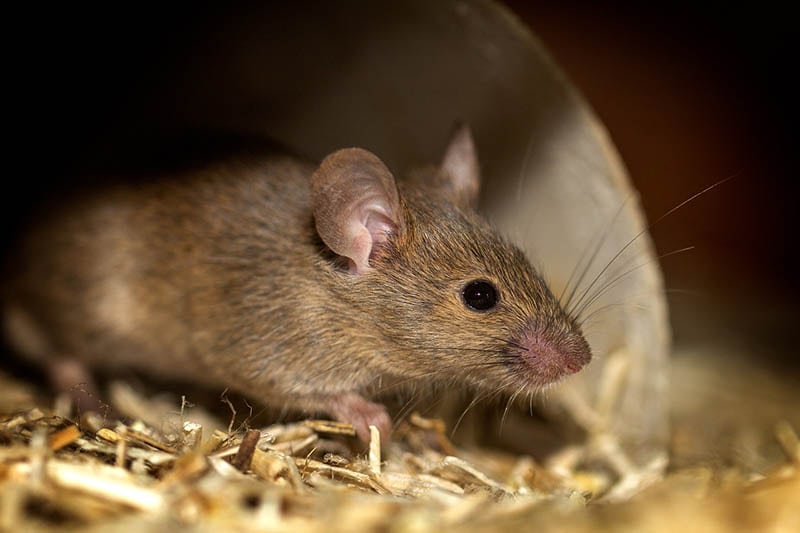
| Scientific Name | Mus musculus |
| Color | Black and brown shading |
| Habitat | Crop fields |
Although most types of rats can be found living in close contact with humans, few thrive as well as the house mouse. It’s pretty easy to identify and distinguish from most rats. It has a mischievous cartoonish look with large ears, a thin tail, and a tiny body.
The house mouse does incredibly well in highly populated areas and is tamer than the wild ones. They live in human dwellings and depend on people for food and shelter. In fact, you’ve likely shared a house with at least one house mouse over the years.
4. Desert Woodrat
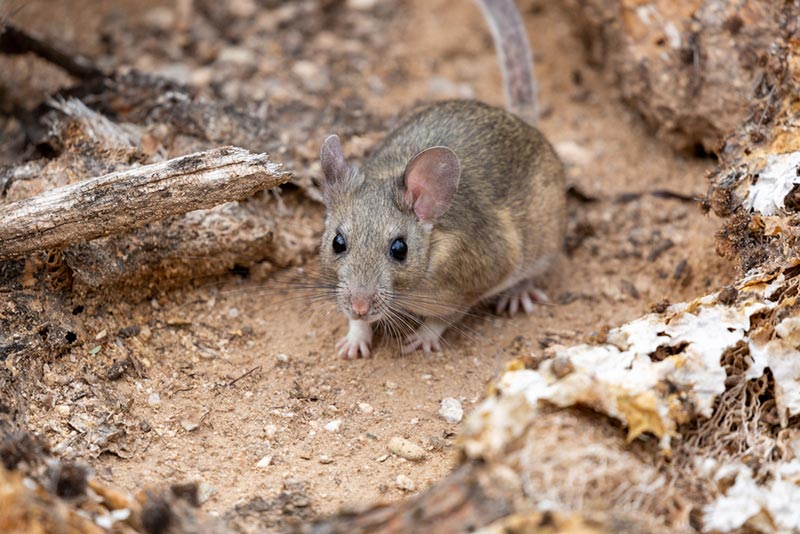
| Scientific Name | Neotoma lepida |
| Color | Variable coloring with white feet |
| Habitat | Dry areas, deserts |
The easiest way to tell the desert wood rat apart from other rats is by looking at its feet. It’s the only one with distinct white feet.
They don’t have a primary food source, and they’ll feed on any type of food matter available. During the dry periods, these rats become territorial over water sources and will fight other rats to prevent them from accessing water and succulent plants.
5. Canyon Mouse
| Scientific Name | Peromyscus crinitus |
| Color | Brown |
| Habitat | Dry areas, deserts, mountains |
Like the desert wood rat, the canyon mouse prefers a dry climate. However, they can also be found in various habitats, from semi-deserts to mountain forests.
They mainly feed on seeds, insects, and vegetative matter. Canyon mice are solitary animals and only pair during the mating seasons. Females are usually territorial, especially once they give birth; therefore, the pairs don’t stay together after the female conceives.
6. Eastern Deer Mouse
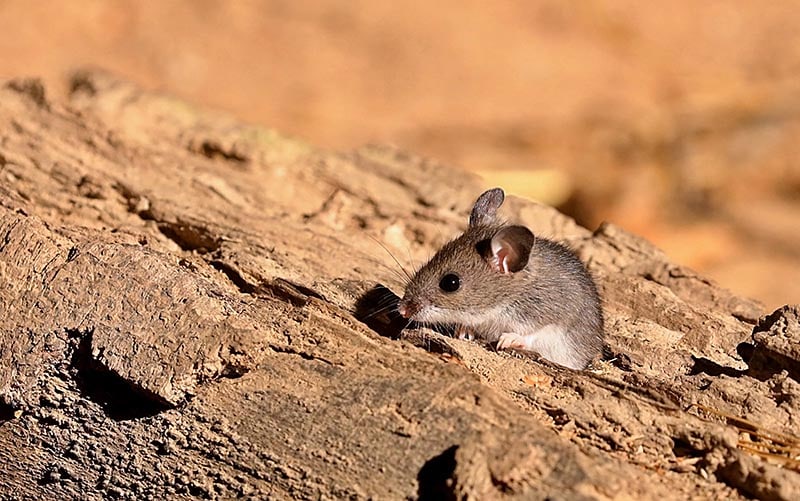
| Scientific Name | Peromyscus maniculatus |
| Color | Gray or brown |
| Habitat | Warm areas |
Eastern Deer mice are one of the most widespread mice in Idaho. Their most identifiable feature is their large black eyes, round ears, and white feet. They can reproduce throughout the year and give birth to many offspring at any given time.
These mice prefer to nest in hollow trees and rely on their sharp claws to climb to the top. Although they are primarily found in warm forests, they are also commonly found in houses. They feed on food crumbs and grains and hide in small dark places.
7. Eastern Field Mouse

| Scientific Name | Microtus pennsylvanicus |
| Color | Brown |
| Habitat | Burrows |
The Eastern Field mouse uses its burrows to nest and rest. They create their nests out of woven grass and place them in burrows or under moist logs. As the name suggests, they prefer open grasslands and forests.
Like most mice and rats in Idaho, they will feed on many different types of food, including flowers, crops, and grasses. However, they are shy and avoid human interactions.
8. Bushy-Tailed Woodrat
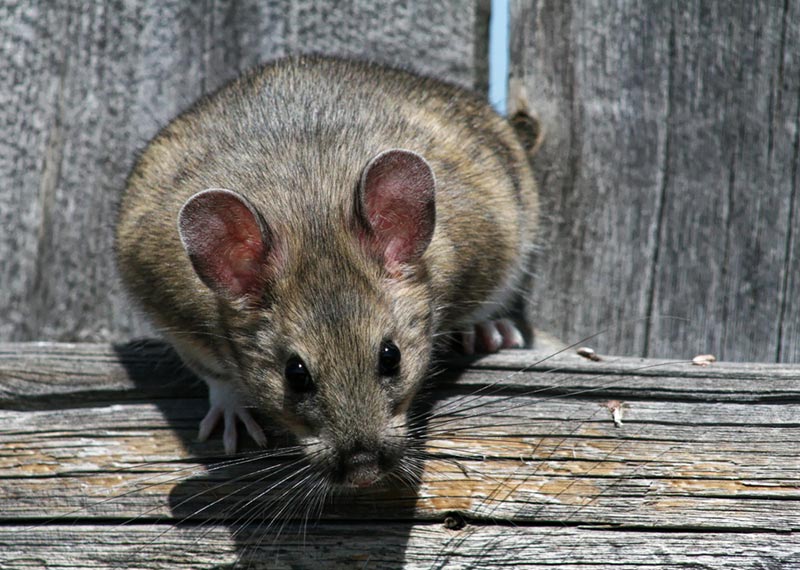
| Scientific Name | Neotoma cinerea |
| Color | Brown with black markings |
| Habitat | Forests, grasslands, and shrublands |
Although their tail is not as bushy as squirrels or chipmunks, it’s pretty bushy, which is how this species gets its name. They are attracted to shiny objects and will often drop their food to pick up coins, shiny artifacts, and foil.
Bushy-tailed woodrats are excellent climbers and mostly spend time in trees; they use their sharp claws to cling to the bark. Like many rodents, they use their strong bushy tail for balance when jumping and climbing.
How To Tell Your House Has a Rat Infestation
Conducting a thorough home inspection is the best way to avoid a rat infestation in your home. You can perform the inspection on your own or hire professionals, which is the best option. Identifying where the rats are hiding and where they are coming in from is the first step in getting rid of them. Some signs that you have rats in your house include the following:
1. Droppings
Rat droppings are a sure sign that you have rats in your house. The size of the droppings will indicate the type of rats you have, their size, and where they are most active. Most rat droppings are ½ inch or larger but rarely smaller.
New rat droppings are typically shiny and putty-like in texture, while old ones are dry. The difference in the rat’s droppings can indicate their age; adults have larger droppings than juveniles. Many droppings suggests a serious rat infestation in your home.
2. Urine Odor
Rats’ urine has a very strong musky odor, and it’s pretty easy to smell it after a few days, especially if it’s in an enclosed environment. The smell is even more pungent with a large infestation.
3. Chewed Furniture
Like all rodents, rats are gnawing animals and like to chew on wood furniture. The presence of small holes with rough edges indicates the presence of rats. The more gnawed holes you can find the more indication of a large number of rats in your home.
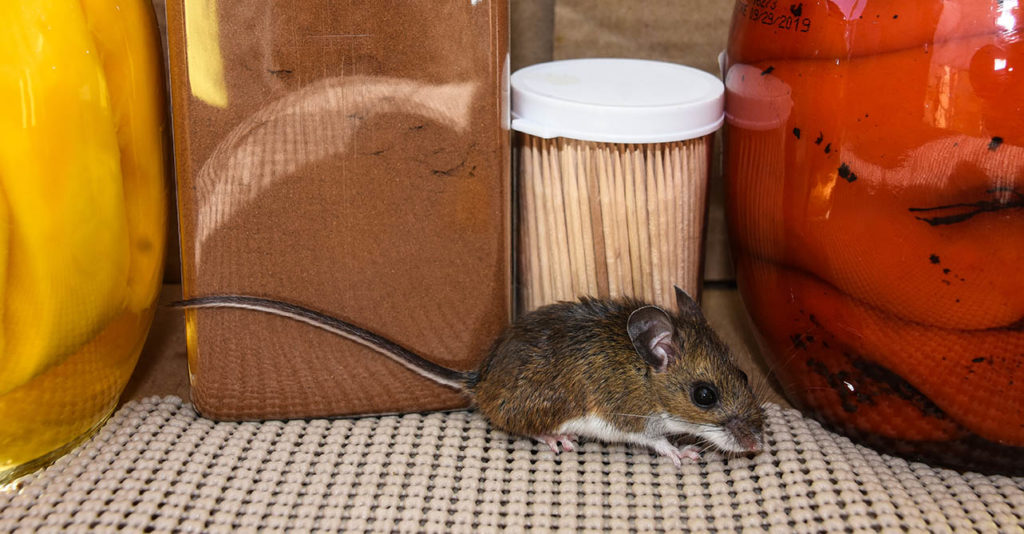
4. Nests
Rats usually shred materials in your home, such as paper, string, and cloth, and use them to make nests indoors. You can find rat nests in the attic, the space between the roof, dense vegetation, and behind furniture.
5. Noise
Rats are typically nocturnal. You will likely hear scratching noises at night when they are most active. The more scurrying noises, the more rats you have in your home.
6. Pet Behaviors
Most pets tend to act unusually when you have a rat infestation. They have a keener sense of smell and hearing and can hear the rats moving around in your home. It’s a clear sign that you have a rat infestation in your house if you notice that your pets are extra keen, barking and pawing at walls or spaces beneath the furniture, refrigerator, or stove.
7. Runways
The most common rodent pathways inside the house include the ledges, pipes, electrical wires, and building foundations. Rats often leave a foot trail and tail marks, which are easy to spot in the dusty places they pass through.
How To Get Rid of Rats in Your Home
If you want to reclaim your home from rat damage, you need to figure out a way to get rid of them. Luckily there are several safe and effective ways you can do so.
1. Cover All Food Remains
Rats will eat any food available, including grains, flour, and pastries. They are only attracted to households with a lot of food. Covering the trashcan and any open food sources will prevent them from breeding in large numbers and becoming an infestation.
2. Seal the Gaps
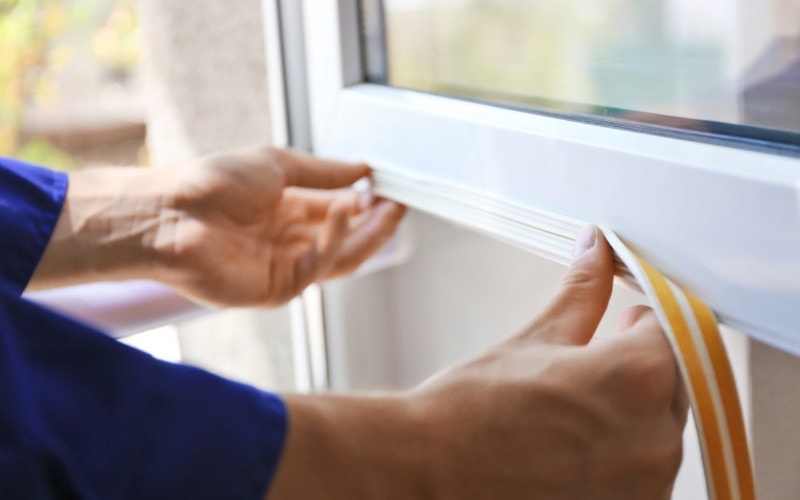
Rats can squeeze through tiny gaps to enter your house. Most species can squeeze through any hole you can stick two fingers through. Therefore, ensure you seal any cracks in your walls and floorboards with wire wool, cement, and caulk. Check the sealed gaps often to ensure that they are wet-maintained and that no rats have gnawed through.
3. Remove All Clutter
Rats love cluttered spaces since they provide them with a place to hide. It also provides them with materials to build a nest. One of the best ways to eliminate a rat infestation is to eliminate all their hiding spaces. Ensure you remove all the clutter and debris from your house and around the house.
4. Don’t Leave Out Water
Like all animals, rats need water to survive. However, most rat species can last for a month before drinking water directly. This is because they primarily consume moist food with enough water to sustain them. Draining all the water and covering the open sources can prevent rats from breeding and infesting your home.
5. Consider Using Traps

Using traps to catch and kill rats is the most common form of preventing and eliminating rats in your home. It’s a poison-free method, and you can use the same trap several times. If you use traps, you should place them strategically in locations where the rats are most likely to nest.
You can place them in high-traffic areas, such as behind the refrigerator on electrical wires and water pipes. To attract rats to the traps, use peanut butter, cheese, or bananas as bait.
6. Use Natural Deterrents
If you are opposed to using poison or traps, you can use natural deterrents instead. Some of the natural rat deterrents include peppermint oil, cloves, and crushed pepper. Sprinkle peppermint oil around your home to prevent rats from entering your house. Spraying a solution of crushed cayenne paper in the rat’s holes irritates their noses and prevents them from hiding there again.
7. Contact a Professional
Pest control companies are best placed to deal with a rat infestation inside your house. They will help you identify the entry points, attractions to your home, nesting areas, and food sources. Professionals also help you identify the root cause of the infestation and keep them from returning.
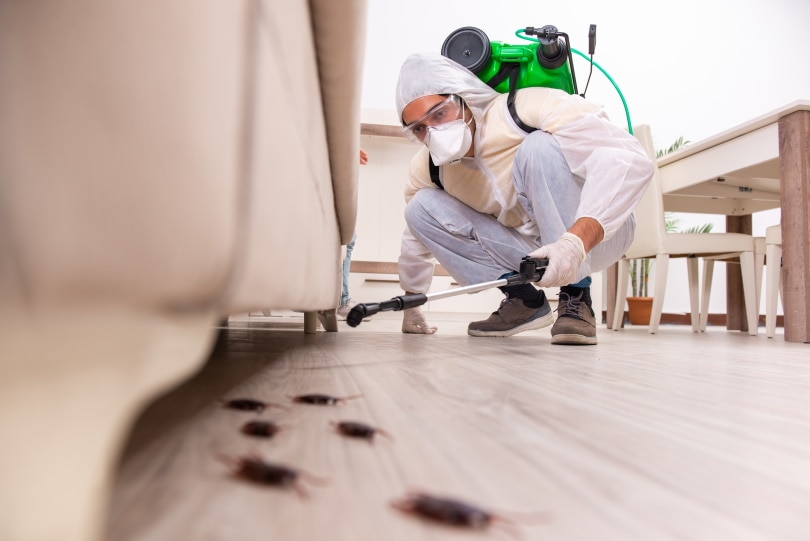
Conclusion
The rat population in Idaho should be taken seriously since it puts you at risk of contracting rodent-borne diseases. Preventing them from getting into your house in the first place is the best way of avoiding diseases.
Rats dislike open spaces where they can be spotted easily. Keeping your garden and lawn clean and clutter-free is the best way to discourage them from your compound and getting in your house. Make sure the rats don’t have access to food and water inside your home and clean up any debris.
See also:
Featured Image Credit: Victor Suarez Naranjo, Shutterstock
Contents




